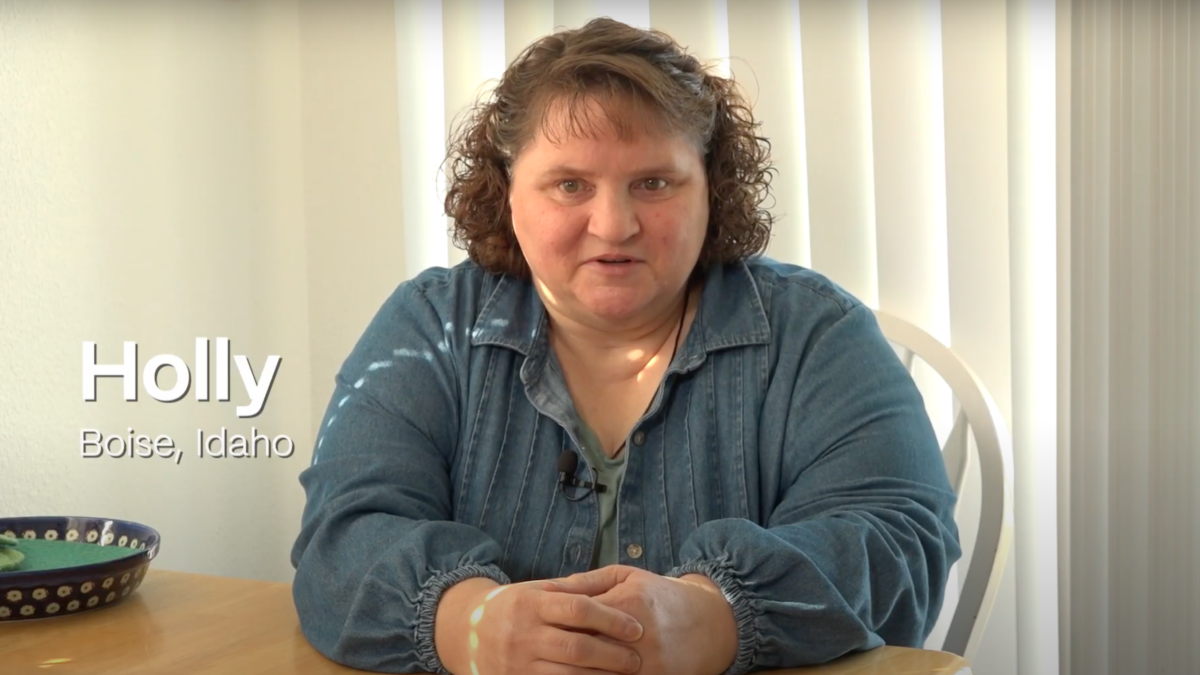Person-Centered Care Changes Everything: Holly’s Story
The power of a trusted source for integrated care enrollment
It took Holly 19 years to get the health coverage she both needed and deserved. What stood in her way: one “disqualifying” dollar from her disability checks, confusing enrollment processes, misunderstandings, and bureaucratic red tape. It took 19 years but, finally, Holly is dually enrolled in both Medicare and Medicaid.
Holly, who lives in Boise, Idaho, has relied on Medicare for nearly two decades to provide the health care benefits she needs to manage her disability.
“Every day is different, because some days I can breathe with no huffin’ and puffin’,” Holly said. “Other days I can walk without much pain and I can walk out to the mailbox and do all my normal daily stuff. It all depends.”
In the first few years that Holly was on Medicare, she tried several times to dually enroll in Medicaid — but her application was denied because her disability income was one dollar too much. “So I just kind of gave up on that,” Holly said.
Nearly two decades later, a diligent social worker helped Holly navigate the Medicaid application, the complexity of which can be a barrier for many eligible people. It turns out, she was eligible after all.
For Holly, the social worker made a daunting process easy by asking Holly a few questions while at her home. Getting Medicaid, and also — finally — being dually enrolled in Medicare and Medicaid to fully cover her health needs, meant independence for Holly.
Now Holly has home health care, weekly visits from a social worker, a case manager, and a peer support group — all covered by her Medicaid and Medicare plans.
“So by being blessed with home health coming in, I am able to do meal prep with him, and get the house vacuumed — which is a struggle for me with congestive heart failure,” Holly said. Support for these daily and essential tasks are incredible gains in Holly’s quality of life.
Medicaid also opened up additional support for Holly, who can use MTM Medicaid transportation. Beyond that, Holly no longer has to depend on family or herself to come up with out-of-pocket co-pays, which have been nearly eliminated.
“That was the huge, huge, huge, huge blessing — to not have to have the co-pays,” Holly said. “I believe I’ve been blessed to have Medicaid with the Medicare now.”
For Holly, person-centered care made all the difference.
It may seem like just paperwork, but for many people — like Holly — it translates into another barrier between their independence and optimal health. That’s why Community Catalyst took a deep dive on the policy and procedures behind enrollment for dually eligible individuals — that is, people who are eligible for both Medicaid and Medicare. Learn more about our research and policy recommendations for person-centered enrollment systems here.
